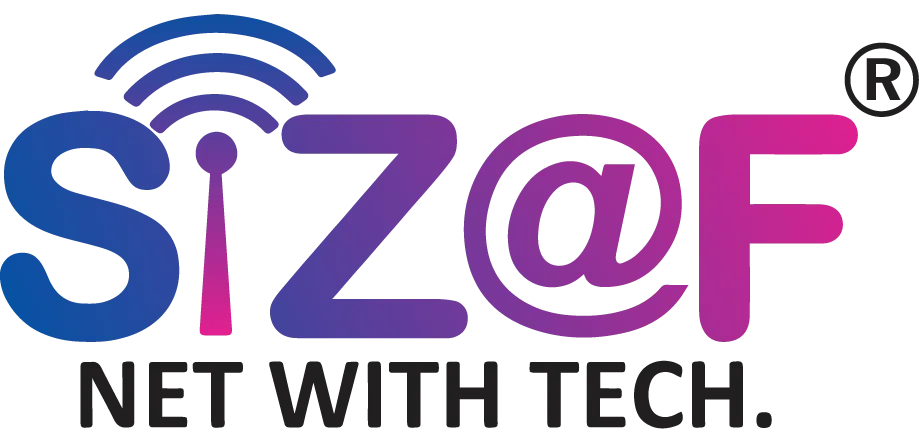Administration in a Hyperconnected World
As computerized change clears over open and private segments, administration frameworks confront both colossal opportunity and uncommon chance. From savvy cities to computerized ID frameworks, cutting edge administration is being re-imagined by data-driven innovation and cybersecurity-first methodologies.
This advanced advancement isn’t almost about modernization—it’s almost belief, straightforwardness, and assurance in a time of expanding cyber dangers.
Tech-Driven Governance: What Is It?
AI, blockchain, IoT, and cybersecurity frameworks are examples of digital technologies that are integrated into administrative procedures, policymaking, and service delivery through tech-driven governance.
Digital identity verification systems are among the examples.
- AI in public decision-making
- Blockchain technology for transparent voting
- Detecting threats to national infrastructure in real time
1. AI in Decision-Making & Risk Detection

AI is being used by big organizations and governments for predictive risk assessments, fraud detection, and real-time data analysis.
Principal Applications:
- Detection of tax evasion
- An examination of social welfare fraud
- Emergency notifications and predictive police
Advantages
- Reduces manual labor and time
- minimizes human prejudice
- Facilitates proactive governance
2. Blockchain Technology for Open Governance
Blockchain is being adopted because it allows for public openness and tamper-proof digital records.
Applications:
- Digital land registries
- Safe electronic voting systems
- Tracking of public funds
3. Public Services Cloud Infrastructure
To guarantee scalability, availability, and security, governments are turning to secure cloud platforms for services like healthcare and education.
Benefits:
- Savings compared to outdated systems
- 24/7 access to citizen services
- Quicker rollouts of innovations
Risk Note: Advanced access controls and end-to-end encryption are required for protection.
4. Cybersecurity: The Basis for Credibility

As digital governance expands, cyber risks also develop. These days, the main targets are public portals, defense networks, and national databases.
Essential Security Measures:
- multi-factor authentication (MFA).
- Endpoint defense
- IDSs, or intrusion detection systems
- Architecture with Zero Trust
5. Compliance with Regulations and Data Privacy
GDPR, PDPA (Malaysia), and data localization rules are just a few of the complicated compliance frameworks that modern governance must handle.
The Role of Technology:
- Compliance dashboards for audits conducted in real time
- Platforms for consent management
- Safe classification and transfer of data
Important Difficulties in Digital Governance
- Low-income and rural communities may not have access to the digital divide.
- Gaps in cyber skills: Public organizations sometimes have trouble hiring IT staff.
Interoperability: The seamless integration of government systems may be impeded.
solution? collaborating to create secure, tailored solutions with reliable tech companies.
How Sizaf Infocomm Supports Trusted and Resilient Digital Governance

Modern public sector IT isn’t just about throwing fancy gadgets at old problems. The digital backbone of government needs to be robust, modular, and honestly, borderline unbreakable.
Here’s the lineup:
- Advanced cybersecurity frameworks—think defense-in-depth, zero trust, continuous monitoring. If someone tries to breach, you’ll know before they do.
- AI-driven analytics—not just dashboards with pretty charts, but systems that crunch massive datasets in real time. Instant insights, smarter policies, less “let’s guess and hope.”
- Cloud-native infrastructure. Microservices, container orchestration, and elastic scaling. Uptime isn’t a wish; it’s built-in.
- Blockchain protocols—actual cryptographic immutability for records. No more “he said, she said” with public data.
- Integrated digital ecosystems—APIs, standards, compliance baked in, so departments actually share data and workflows without duct tape and hope.
Stack all this, and governments get high availability, resilience to cyber threats, and the ability to adapt as tech evolves. Public trust? That’s earned when the systems just work—securely, reliably, every time.
In conclusion, the new loyalty is speed.
Customers of today remember not just what you sold, but also how quickly you delivered it. Instant commerce is a competitive advantage in addition to being convenient.
Allow Sizaf Infocomm to create the digital engine that keeps your company operating more quickly.
Let’s Speed Up Your E-Commerce Development
Malaysia: +60 14-660 0012
USA: +1 516 880 9996

